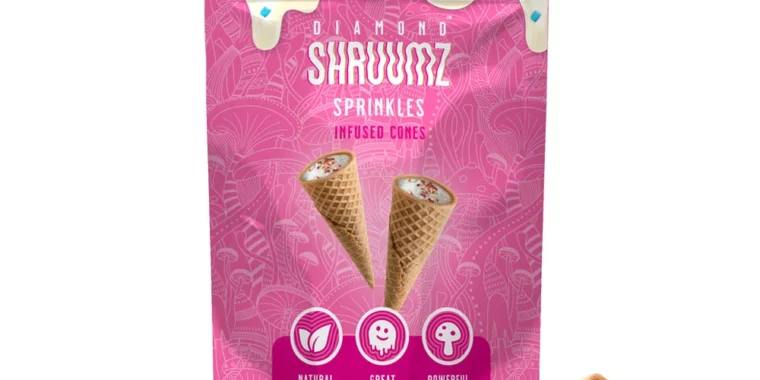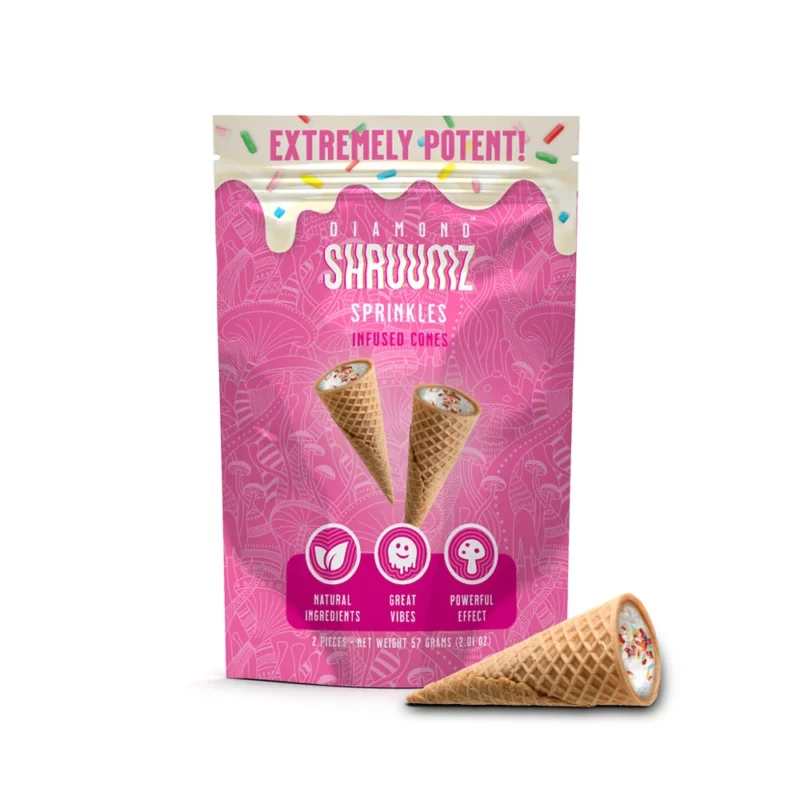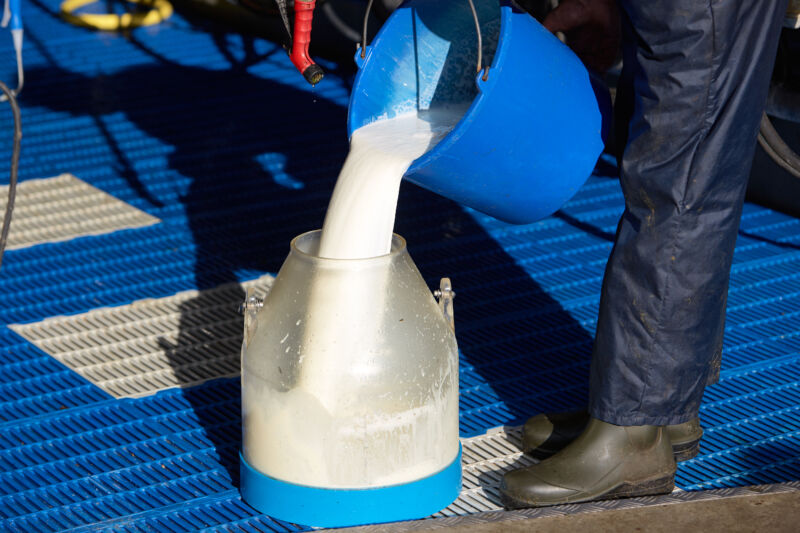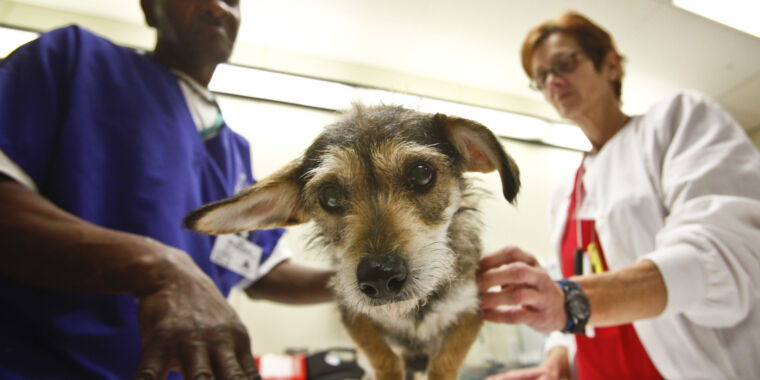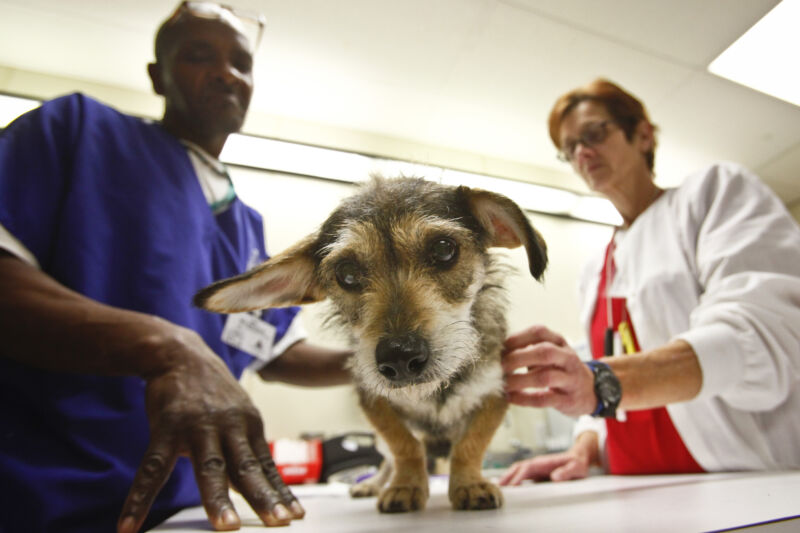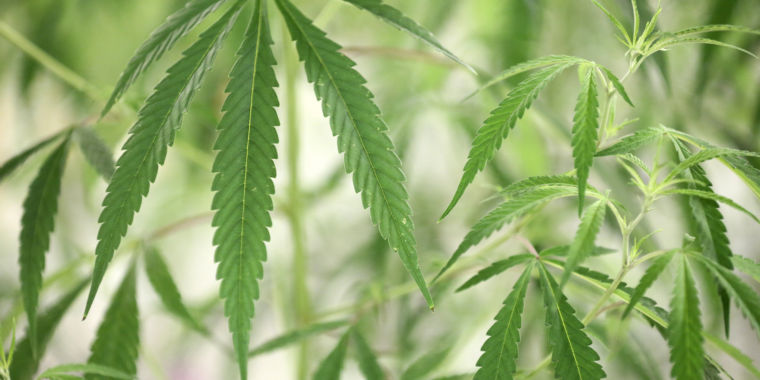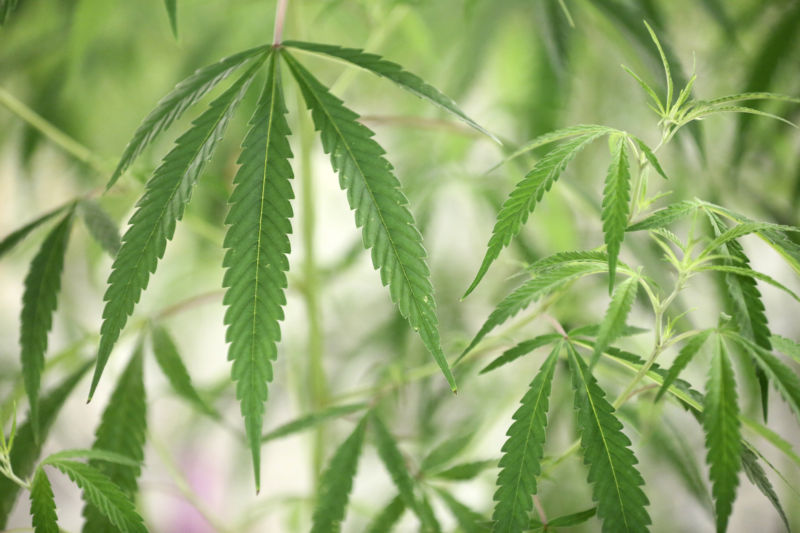Microdosing candies finally recalled after psychoactive muscimol found
Finally —
Muscimol, found in the candy, is from hallucinogenic Amanita muscaria mushrooms.
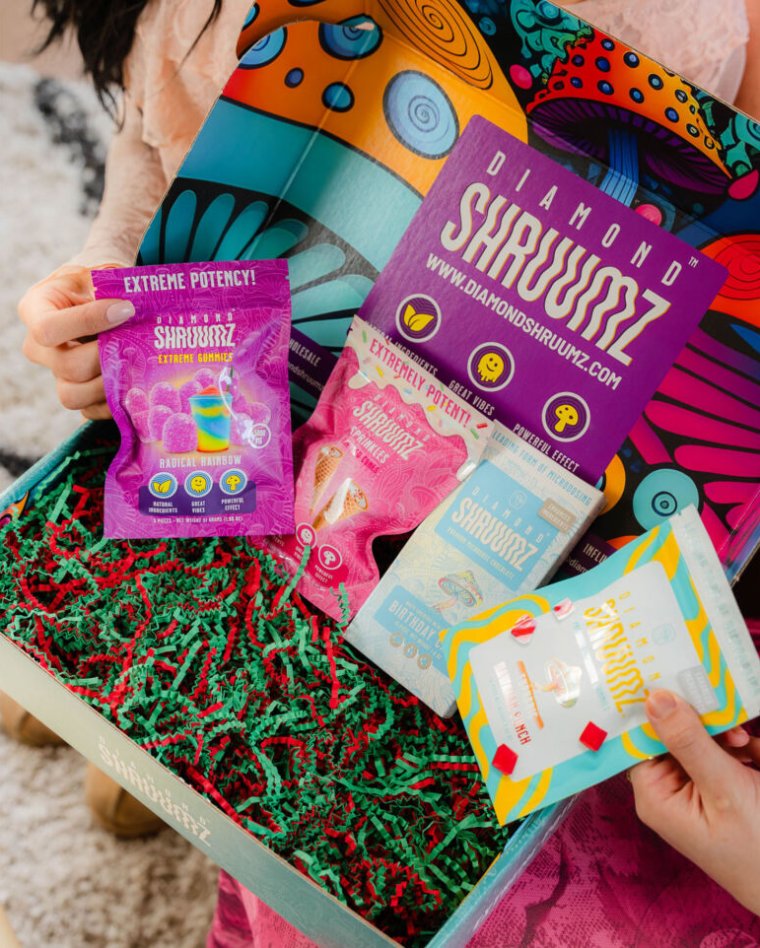
After weeks of reports of severe illnesses across the country, the maker of Diamond Shruumz microdosing chocolates, gummies, and candy cones has finally issued a recall. It covers all lots and all flavors of all the brand’s products.
The illnesses have been marked by several severe symptoms, which notably include seizures, loss of consciousness, and the need for intubation and intensive care. To date, there have been 39 people sickened, including 23 hospitalizations across 20 states, according to the Food and Drug Administration and the Centers for Disease Control and Prevention. The FDA first issued a warning on the brand’s chocolate bars on June 7, when there were reports of eight cases, including six hospitalizations, in four states.
Diamond Shruumz’s parent company, Prophet Premium Blends, said in the recall notice that it had received only two complaints about the products to date and, upon receiving those complaints, reviewed recent laboratory analyses (Certificates of Analysis) of its products. According to the company, those CoAs noted “higher than normal amounts of muscimol,” which is one of two key compounds found in hallucinogenic Amanita mushrooms. Muscimol “could be a potential cause of symptoms consistent with those observed in persons who became ill after eating Diamond Shruumz products,” the company said in the recall notice.
In a statement posted on Diamond Shruumz’s website, Prophet Premium Blends announced the recall and added that it has also ceased production and distribution of all of the brand’s products.
“Due to consumers becoming ill after consuming the entire chocolate bar and some products containing higher levels of Muscimol than normal, it is crucial that all of our consumers refrain from ingesting this product while we, alongside the FDA, continue our investigation as to what is the cause of the serious adverse effects,” Prophet Premium Blends wrote on its website.
Diamond Shruumz has not responded to multiple requests for comment from Ars. Prophet Premium Blends did not respond to a request for comment and a list of questions.
What’s normal?
It’s unclear what amounts of muscimol were found in the company’s products and which products were affected. While the company reported only “higher than normal” amounts, it’s also unclear what the “normal” amount is. Diamond Shruumz posts third-party lab reports on its website, most of which indicate that the products are tested for muscimol. For instance, the reports show muscimol testing for all flavors of Cones and Extreme Gummies. For the brand’s chocolate bars, which the FDA first linked to the illnesses, all the bars except for the dark chocolate flavor showed muscimol results. For the gummies, only the report for the Hawaiian Punch flavor shows muscimol results. Of all the reports that include results for muscimol, all indicate that the amounts are lower than the limit of quantitation, which suggests that they are not supposed to contain any amount of muscimol. All of the reports reviewed by Ars were dated at various times throughout 2023.
Muscimol, along with related ibotenic acid, are both key psychoactive components of some Amanita mushrooms. That includes the hallucinogenic toadstool mushroom A. muscaria var. muscaria, which is notable for its unique bright red-orange caps with white warts. Both muscimol and ibotenic acid resemble neurotransmitters, namely GABA and glutamate, respectively. Muscimol is associated with depression of the central nervous system, while Ibotenic acid is associated with excitation of the central nervous system.
Fuzzy findings
According to the recall notice, it’s possible that the muscimol could cause some of the symptoms in people sickened, which included seizures, agitation, involuntary muscle contractions, loss of consciousness, confusion, sleepiness, nausea and vomiting, abnormal heart rates, and hyper/hypotension. The FDA said in its own update that it was “evaluating this information.”
The agency had previously identified the undisclosed synthetic psychedelic compound 4-AcO-DMT in the company’s chocolates, as well as undisclosed compounds found in a potentially toxic Kava plant (Piper methysticum). It remains unclear if any of those compounds explain the illnesses.
The totality of the ingredients in Diamond Shruumz’s products remains unclear. The company does not list the ingredients on its website, selling the products only with terms indicating they contain psychedelic compounds and the vague, buzzword-loaded description of having a “primo proprietary blend of nootropic and functional mushrooms.”
The CDC warns that such “edibles” are often sold as candies and snack food and might contain undisclosed ingredients, including illicit substances, adulterants, or potentially harmful contaminants. Common marketing terms to look out for include “microdosing,” “adaptogens,” “nootropics,” and “functional mushrooms,” the CDC warns.
Consumers should not eat, sell, or serve any Diamond Shruumz product. For those who have already purchased the products, they can be returned for a full refund to 1019 Arlington St., Orlando, Florida, 32805, according to Diamond Shruumz’s website.
Microdosing candies finally recalled after psychoactive muscimol found Read More »







